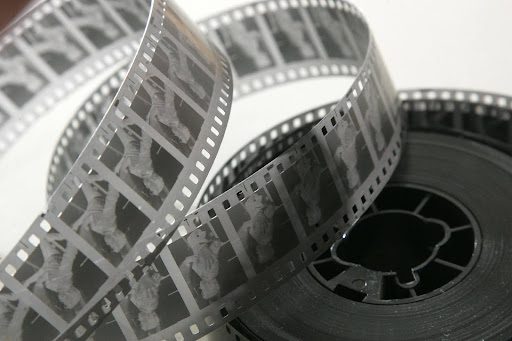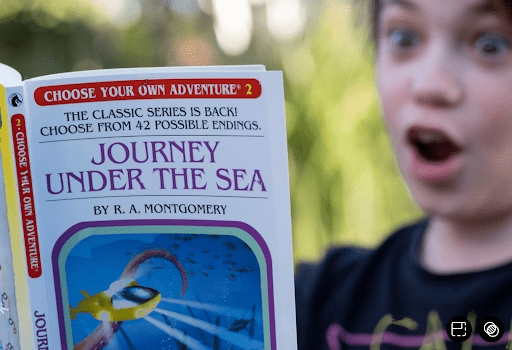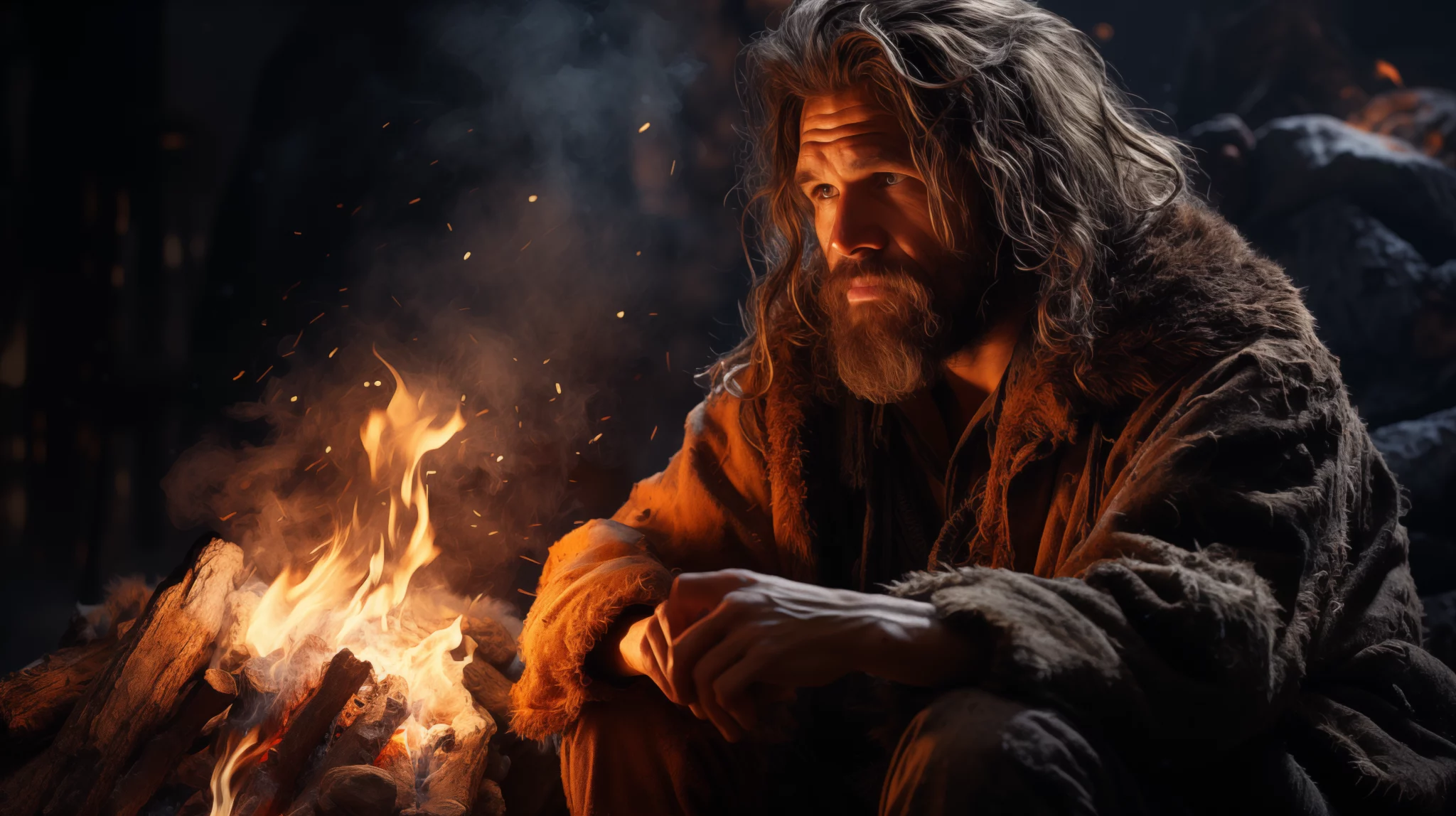By Creative Writer, Ben Plumb
Stories are at the centre of everything humans do. Whether we realise it or not, we are telling stories all the time. Take that previous sentence: even that has a beginning, middle, and end. It tells a story of our relationship to stories.
Of course, there is an immense range of mediums for storytelling. Books, newspapers, music, paintings, theatre, film, videogames, and so on. The tools and materials we use to tell stories are limited only by our imagination. In the experience design and theme park industry, we have an enviable arsenal of these tools to tell stories with; we regularly use a combination of visual effects, scents, scenic painting, video, sound design, and gamification to immerse guests in a narrative. When done well, the stories we tell are as affecting — if not more — than any one of these mediums on its own. It’s such a privilege to design these experiences for people, but the job comes with a unique set of challenges, not least how to combine all of these elements into a single, coherent narrative journey.
So let’s take a look at that for a moment. Let’s explore what that process is — what we’re doing when we tell stories in the theme park and attraction design industry.
Let’s start with what we’re not doing.
Linear Storytelling

I have always felt that film is about the most efficient method of storytelling we’ve ever come up with. For one thing, it’s a visual medium. They say a picture is worth a thousand words — well what if you strung 25 pictures per second together for 90 minutes and stuck complex soundscapes complete with dialogue over the top? That’s a pretty potent storytelling combination, I’d say!
But for all the richness available in those elements, the medium is ultimately linear — it only moves in one direction in time: one image after the next in a strictly predetermined order (interactive specials on streaming services notwithstanding). Now, that’s no criticism; it’s how stories were structured around the campfires of our earliest ancestors: cause and effect sequences ordered with a beginning middle and end. Saw Mammoth; Threw Spear; Ate Dinner. It is a deeply human way to tell stories.
But is it the way to tell stories in theme parks or immersive experiences? Should we think of narrative design in these spaces as opportunities for linear stories? Well, sometimes it’s appropriate, yes. Dark rides and one-way walk-through experiences give you a captive audience that’s (in most cases) expected to move in one direction. In this context, a linear story can work well. But outside of that context, it’s an unhelpful approach. Often guests are moving in many directions, all at once. They may not read everything, see everything, or even pay enough attention to important beats essential for the progression of the story.
Perhaps non-linear storytelling is a better way to approach this.
Non-Linear Storytelling

Non-linear storytelling, in this sense, refers to a story that doesn’t need to be told in any specific order. It’s hard to achieve in a medium like film (interactive specials on streaming services notwithstanding). Certain video games, table-top RPGs and immersive theatre are more helpful references here. In non-linear storytelling, the viewer, player or guest has a role to play in determining the order in which the story progresses.
In these mediums, there is space for branching plotlines, hidden content, and multiple endings. Ultimately, there is a level of agency in the way the recipient of a story receives that story — they can choose how they navigate this narrative for themselves. It means a certain loss of control on the storyteller’s part, which has its downsides, but it opens up a whole host of storytelling possibilities. Often these stories can be that much more powerful when done well because they resonate closer with our natural experience of the world — the story we are each living every day of our lives, i.e. a story we have agency in.
The parallels to theme park and experience design may already feel apparent. Ultimately, we as experience designers, only have so much control over a guest’s experience of the spaces and attractions we design. There are things we can do to guide them, highlight details, and encourage a specific kind of interaction. But humans are humans; they will go where they please, look at things they want to look at and ignore things they don’t find interesting. Far better to design narratives that can accommodate, or even thrive amongst, this open-ended interaction. This is no mean feat and requires specialist expertise, but a narrative that stands on its own two feet no matter how much information has been taken or in what order is well suited to these environments.
But the narrative possibilities available to theme park or immersive experience designers don’t stop there. What if we didn’t so much tell stories, but offer places for stories to spontaneously develop within…?
I want to talk about creating Narrative Architecture.
Narrative Architecture

This concept has a long history within architecture itself, but I am more interested in looking at it from the same perspective as game designers. Specifically, I want to look at it from the viewpoint of the media scholar and video game theorist, Harry Jenkins. Back in the ’90s and ’00s, a battle was raging in game design theory between the ‘narratologists’, those who thought of games as an exercise in storytelling, and the ‘ludologists’, who believed games were more about the mechanics of gameplay than anything else. In his influential 2003 paper on the subject, Harry Jenkins argued that this dichotomy was unhelpful and held back by a simplistic understanding of narrative. To summarise the relevant points, Harry prefers to think of game designers as ‘narrative architects’ who don’t simply tell stories (linear or otherwise) but instead design spaces for stories to happen within.
In this view, video game stories are emergent phenomena that are not so much built into a game, but something that happens in the head of the person playing. There are narrative cues — a protagonist, a world, a plot, etc — but the actual story only emerges as a result of the player’s engagement with these elements, i.e. as a consequence of gameplay. Without the player, there is no story. In this understanding, game designers are not telling stories, they are creating systems from which stories emerge.
This is how I prefer to conceptualise the process of building narrative into experiences and theme parks. As discussed, there is still plenty of space for linear and non-linear storytelling in this industry, and different ride systems, environments, or concepts will lend themselves well to these styles. But for the most part, these more tightly controlled approaches are ill-suited to our multi-faceted, multi-sensory, transmedia industry. Or, perhaps more inspiringly, they fail to appreciate the full scope of possibilities available to us.
If we move away from these more traditional conceptions of narrative design, a whole new world opens up. Seeing ourselves as narrative architects allows us to cast the guests as the protagonists of their own stories. Our role becomes designing spaces for those protagonists to have their adventures within. We must be humble with this approach. We are not storytellers anymore; we can’t just claim someone’s attention for our own narrative ends. Instead, we are worldbuilders, designing spaces and systems that free a guest up to have their own story, guided by them and their agency — a beginning, middle and end, all of their choosing.
What that looks like in real terms is difficult to define — in fact, it’s explicitly open-ended — and deserving of a blog post in and of itself. The world of contemporary narrative game design is incredibly exciting and fertile ground for this way of thinking about narrative.
But the world of gaming needn’t be the only place we look for inspiration. The most ambitious and imaginative creative teams in our own industry are already approaching narrative in this way, and their work is astounding. They form the frontier of a new paradigm in experience design, and audiences are already responding and hungry for more. I say… let’s give it to them!

